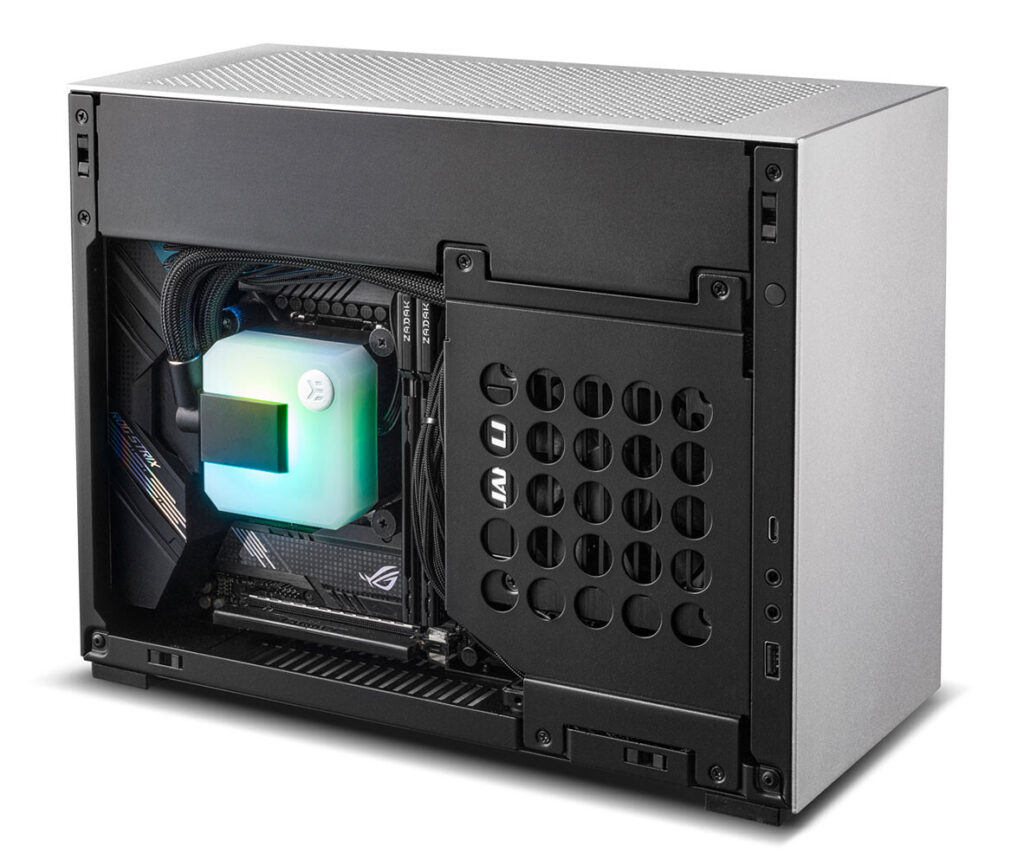Having first-hands on the game prior the embargo date (14th September), the gaming experience and hype is certainly REAL. “It will be an exciting event opened to PC gamers living in Singapore on a first-registration-first-serve basis. It will be executed in 3 sessions with a total of 32 contestants duking out to the eventual 3 champions,” said spokesperson for Dynacore Technologies Pte…

Newegg bestowed Neo Forza the 2022 “Fastest Growing Partner” award at the Gala held in January 2023.
CITY OF INDUSTRY, Calif. – Jan. 11, 2023 – Newegg Commerce, Inc. (NASDAQ: NEGG), a leading global technology e-commerce retailer, bestowed Neo Forza the 2022 “Fastest Growing Partner” award at the Gala held in January 2023. “We are glad to have Neo Forza on our sales-portals. It is obvious its products speak to our discerning customers,” Betty Lin, Senior Manager,…

Cost effective server memory, qualified with DELL EMC Servers New Taipei City, Taiwan – Goldkey Technology Corporation (TPEx : 3135), aka “Neo Forza”, offers products and solutions marketed under the label Neo Forza® successfully completed qualification of its server modules with Dell PowerEdge R650 and R750 series servers, which DELL loaned to Neo Forza. Following successful qualification, Neo Forza announces…

LIAN LI Industrial Co. Ltd., a leading manufacturer of chassis and PC accessories, announces a new small form factor case made in collaboration with DAN Cases, the A4-H2O. The 11-liter compact case can support a 240 AIO and a triple slot GPU up to 322 mm long. With a minimalistic design featuring anodized and sandblasted aluminium panels, the A4-H20 is…
November 22, 2021 07:00 AM GMT+8 New Taipei City, TAIWAN – Goldkey Technology Corporation (“Goldkey”), a leading global provider and innovator of DRAM / NAND FLASH chips, modules and complete ecosystems and which owns NEO FORZA, announced today that it is listed for public trading at the Taipei OTC Exchange (TPEx) under stock code 3135 with a total of 42,219,164…

Vienna, November 9th 2021 – Noctua today introduced new, LGA1700-specific revisions of its award-winning NH-L9i and NH-L9i chromax.black low-profile CPU coolers. The new NH-L9i-17xx and NH-L9i-17xx chromax.black are ideal for building ultra-compact HTPCs and Small Form Factor (SFF) systems using Intel’s brand new 12th generation Core processors such as the Core i9-12900K, Core i7-12700K or Core i5-12600K. The new, optional NA-FD1 fan…

1st November 2021, Brazilian-based studio PetitFabrik announces a joint-collaboration with Neo Forza (a brand of DRAM and SSD manufacturer Goldkey Technology Corporation) to launch a brand new 3D platform game, Kukoos - Lost Pets. Nominated for Best Console Game at Game Connection X Chinajoy 2021 Global Game Development Awards, the game drops players into an adorable cartoonish world where they…

Vienna, October 12th 2021 – Noctua today presented the much anticipated black versions of its award-winning NF-A12x25 120mm fan and NH-U12A CPU cooler as well as the matching NA-HC7 and NA-HC8 heatsink covers. Staying true to the successful formula of the original models, the new NF-A12x25 PWM chromax.black.swap and NH-U12A chromax.black combine the same signature quiet cooling performance with a…







